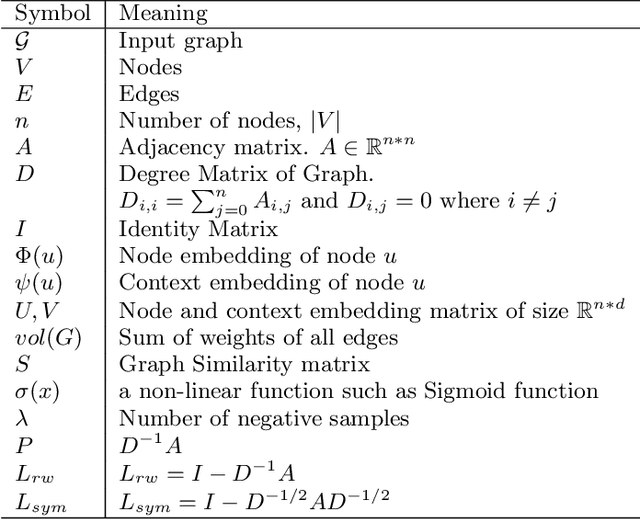Aakash Srinivasan
Integrating Lexical Knowledge in Word Embeddings using Sprinkling and Retrofitting
Jan 23, 2020



Abstract:Neural network based word embeddings, such as Word2Vec and GloVe, are purely data driven in that they capture the distributional information about words from the training corpus. Past works have attempted to improve these embeddings by incorporating semantic knowledge from lexical resources like WordNet. Some techniques like retrofitting modify word embeddings in the post-processing stage while some others use a joint learning approach by modifying the objective function of neural networks. In this paper, we discuss two novel approaches for incorporating semantic knowledge into word embeddings. In the first approach, we take advantage of Levy et al's work which showed that using SVD based methods on co-occurrence matrix provide similar performance to neural network based embeddings. We propose a 'sprinkling' technique to add semantic relations to the co-occurrence matrix directly before factorization. In the second approach, WordNet similarity scores are used to improve the retrofitting method. We evaluate the proposed methods in both intrinsic and extrinsic tasks and observe significant improvements over the baselines in many of the datasets.
Network Representation Learning: Consolidation and Renewed Bearing
May 02, 2019



Abstract:Graphs are a natural abstraction for many problems where nodes represent entities and edges represent a relationship across entities. An important area of research that has emerged over the last decade is the use of graphs as a vehicle for non-linear dimensionality reduction in a manner akin to previous efforts based on manifold learning with uses for downstream database processing, machine learning and visualization. In this systematic yet comprehensive experimental survey, we benchmark several popular network representation learning methods operating on two key tasks: link prediction and node classification. We examine the performance of 12 unsupervised embedding methods on 15 datasets. To the best of our knowledge, the scale of our study -- both in terms of the number of methods and number of datasets -- is the largest to date. Our results reveal several key insights about work-to-date in this space. First, we find that certain baseline methods (task-specific heuristics, as well as classic manifold methods) that have often been dismissed or are not considered by previous efforts can compete on certain types of datasets if they are tuned appropriately. Second, we find that recent methods based on matrix factorization offer a small but relatively consistent advantage over alternative methods (e.g., random-walk based methods) from a qualitative standpoint. Specifically, we find that MNMF, a community preserving embedding method, is the most competitive method for the link prediction task. While NetMF is the most competitive baseline for node classification. Third, no single method completely outperforms other embedding methods on both node classification and link prediction tasks. We also present several drill-down analysis that reveals settings under which certain algorithms perform well (e.g., the role of neighborhood context on performance) -- guiding the end-user.
 Add to Chrome
Add to Chrome Add to Firefox
Add to Firefox Add to Edge
Add to Edge